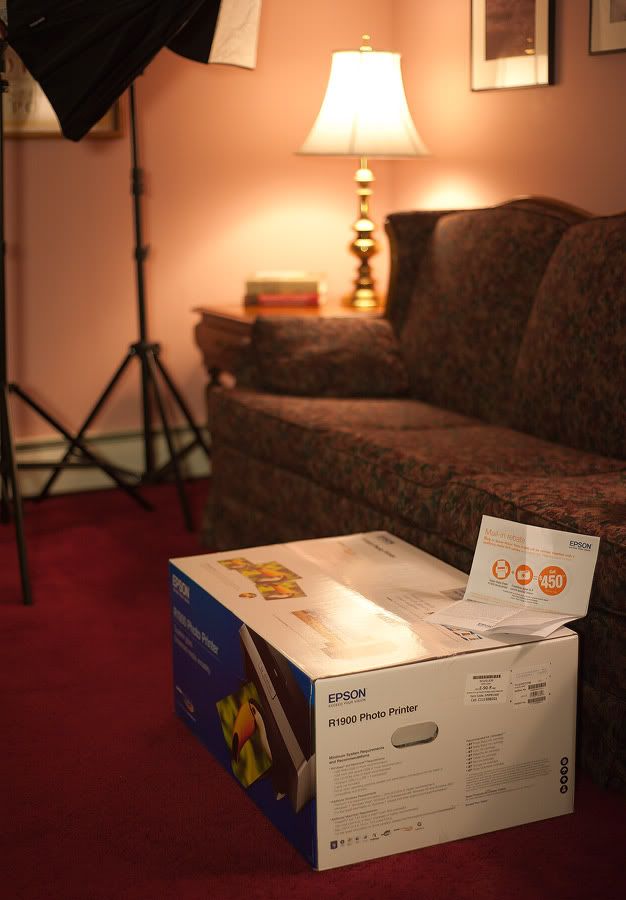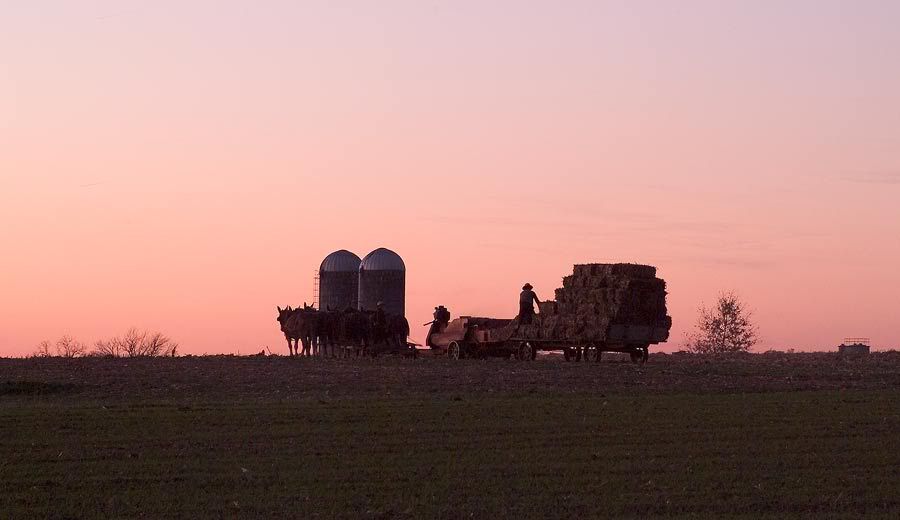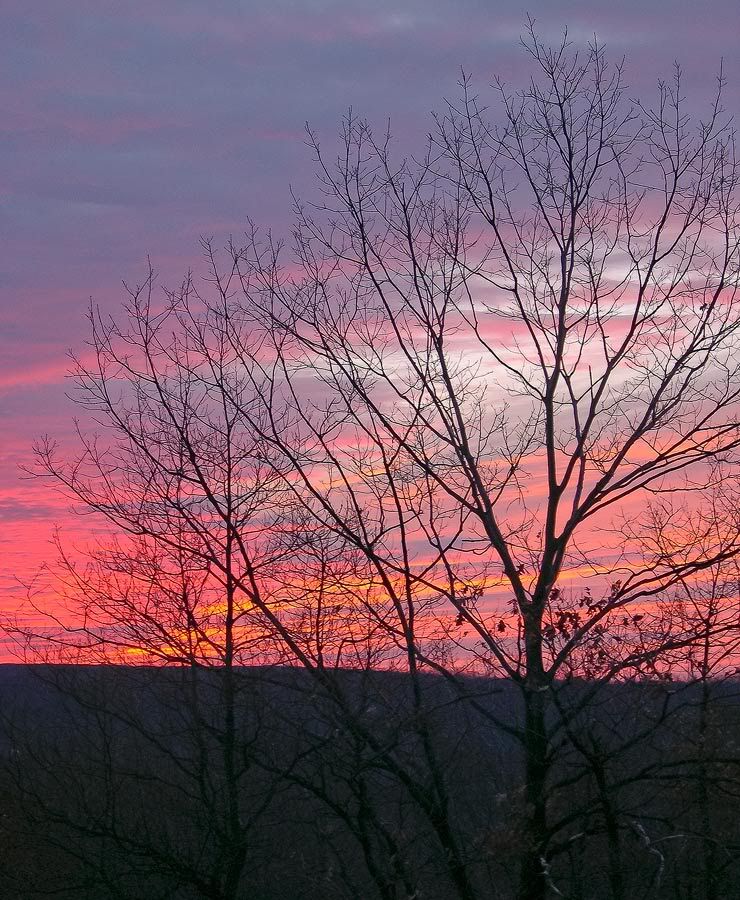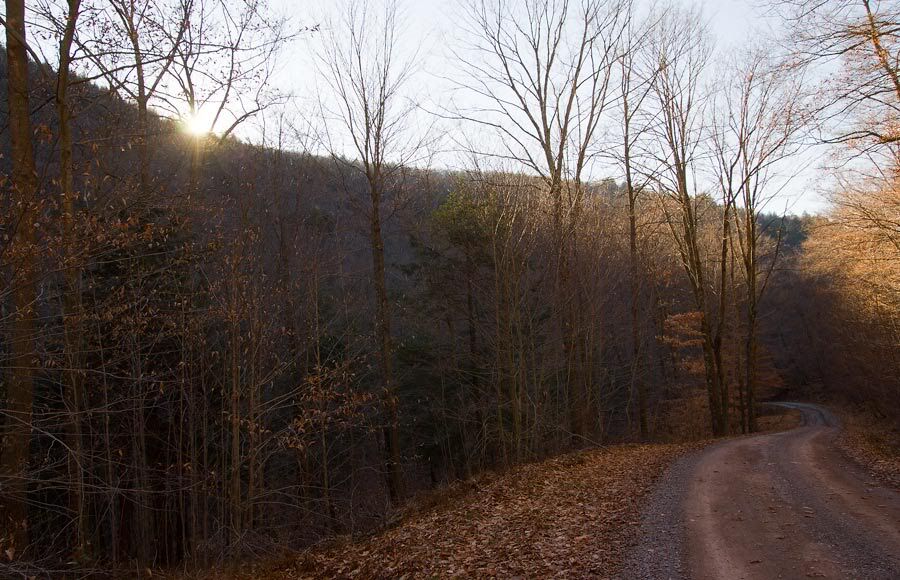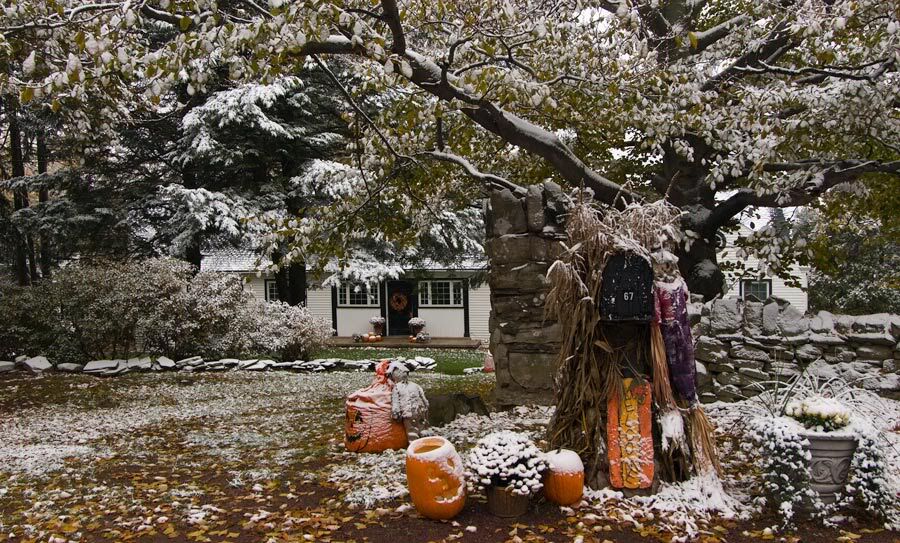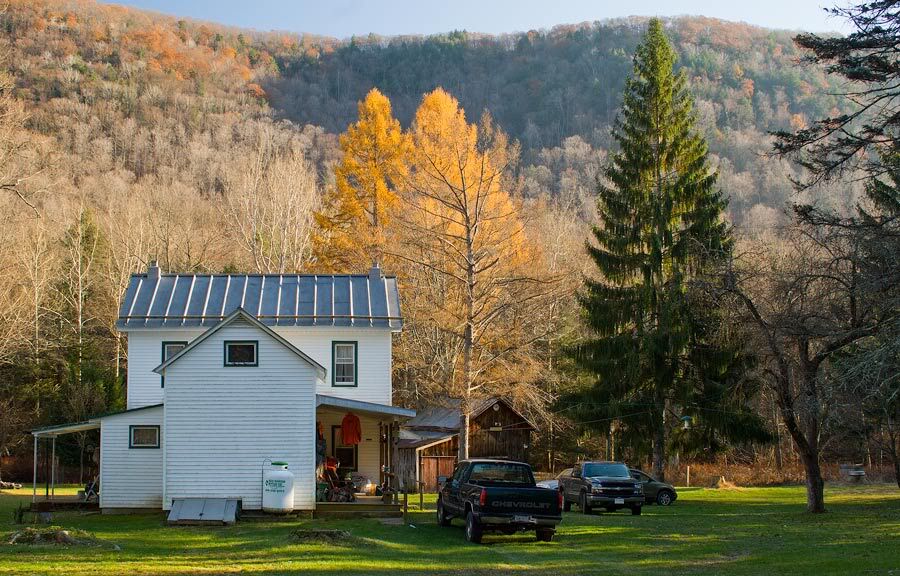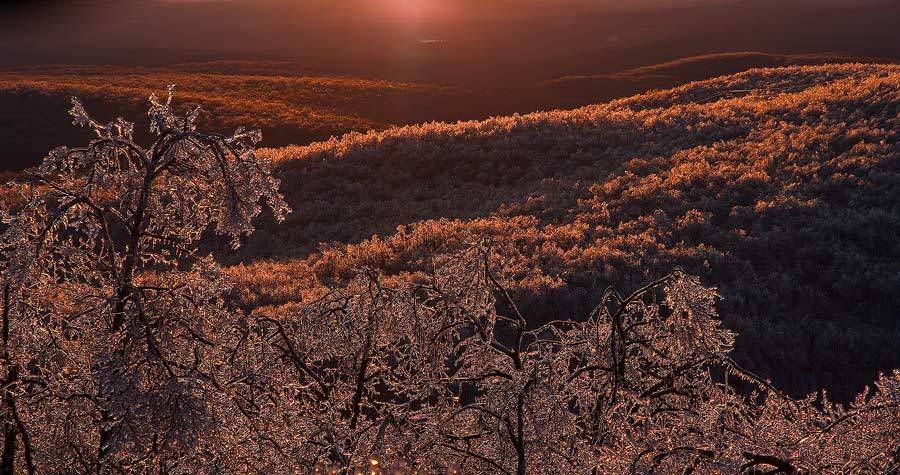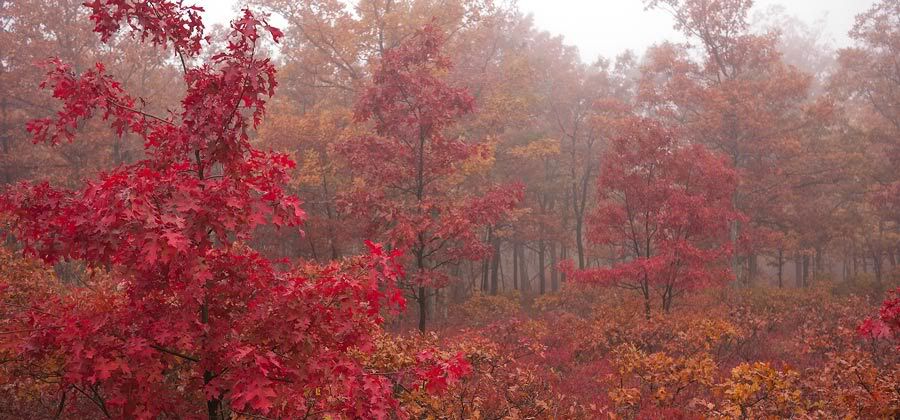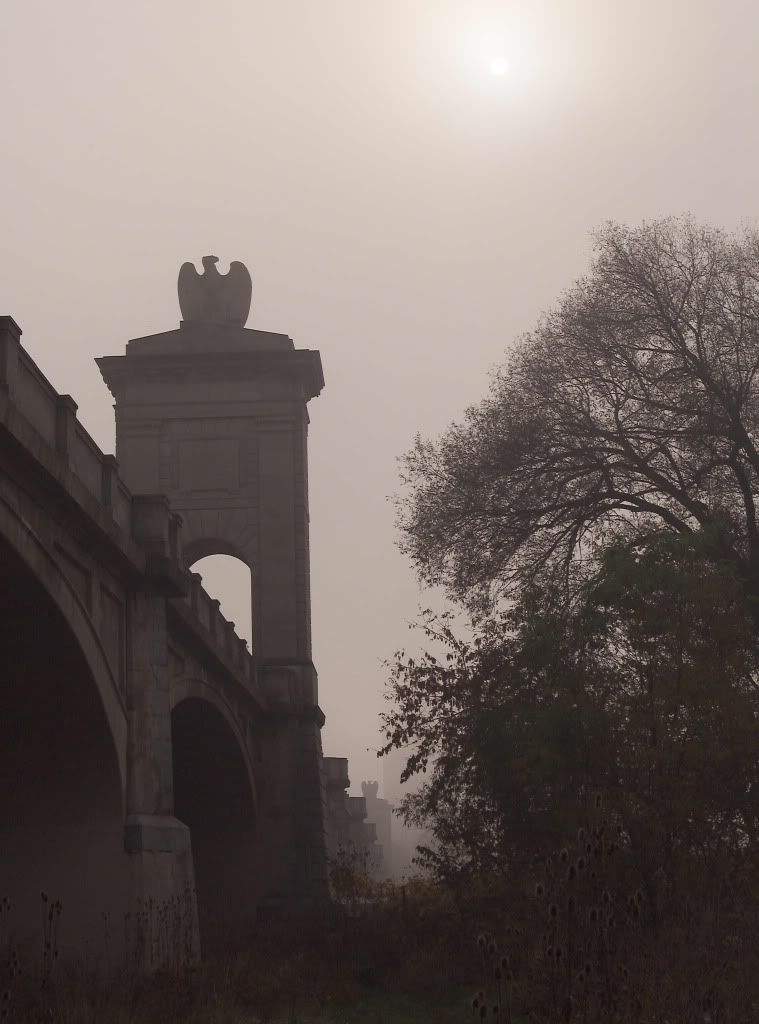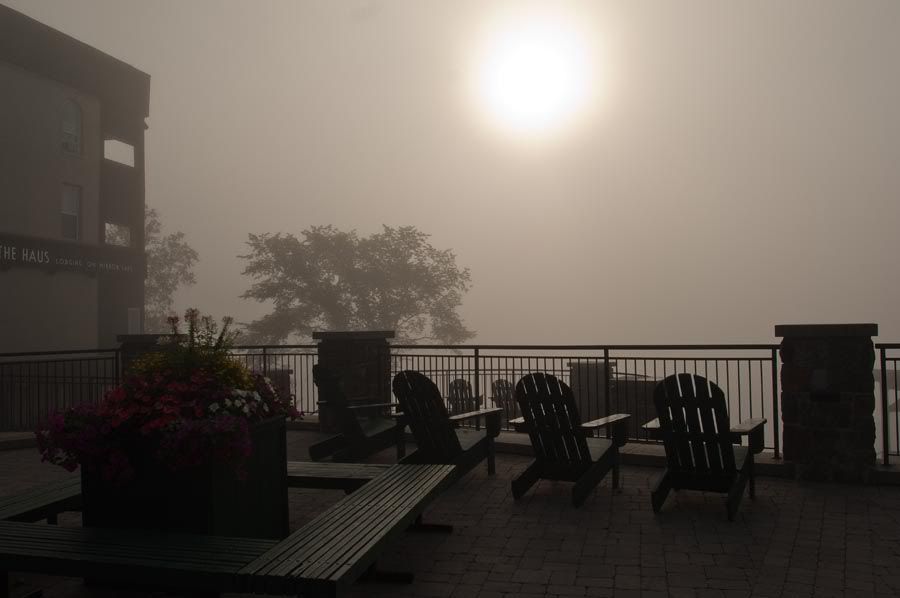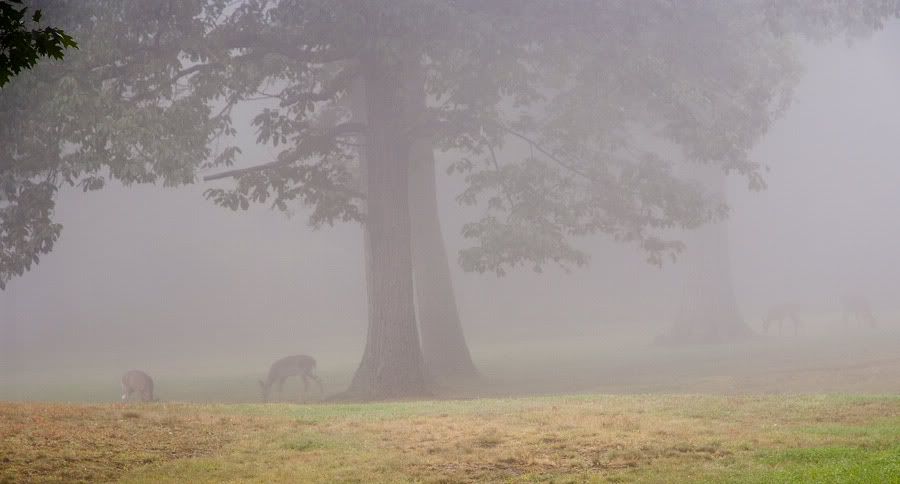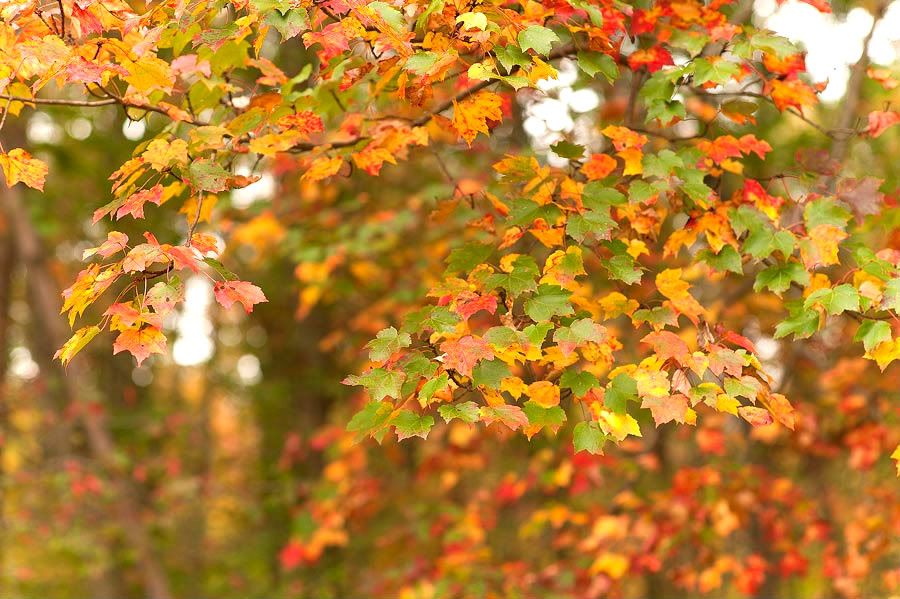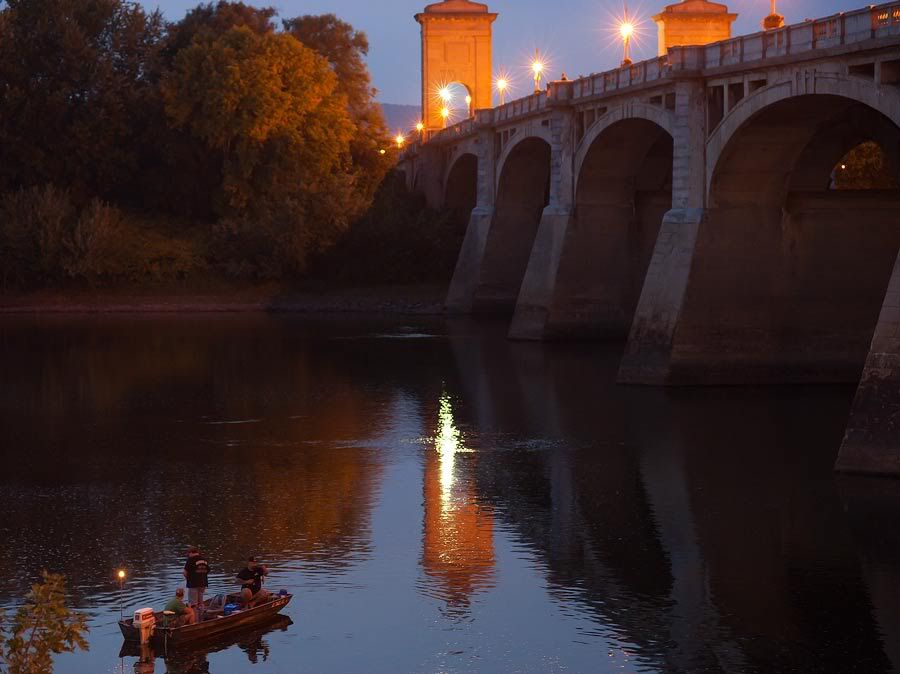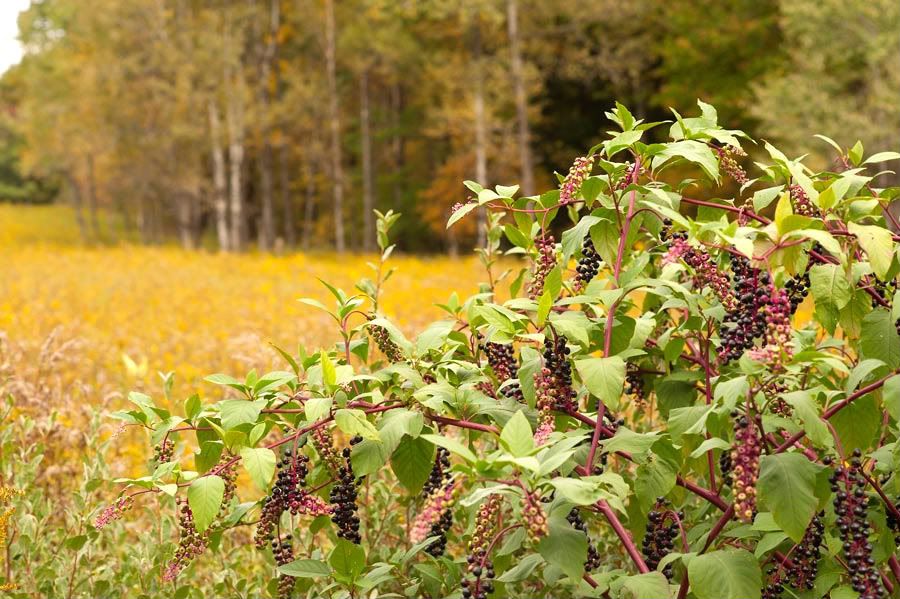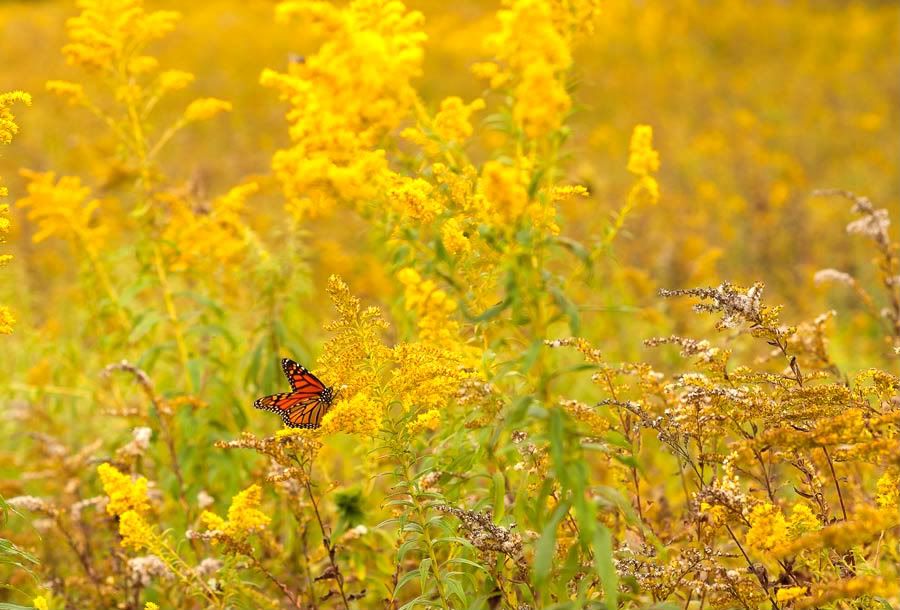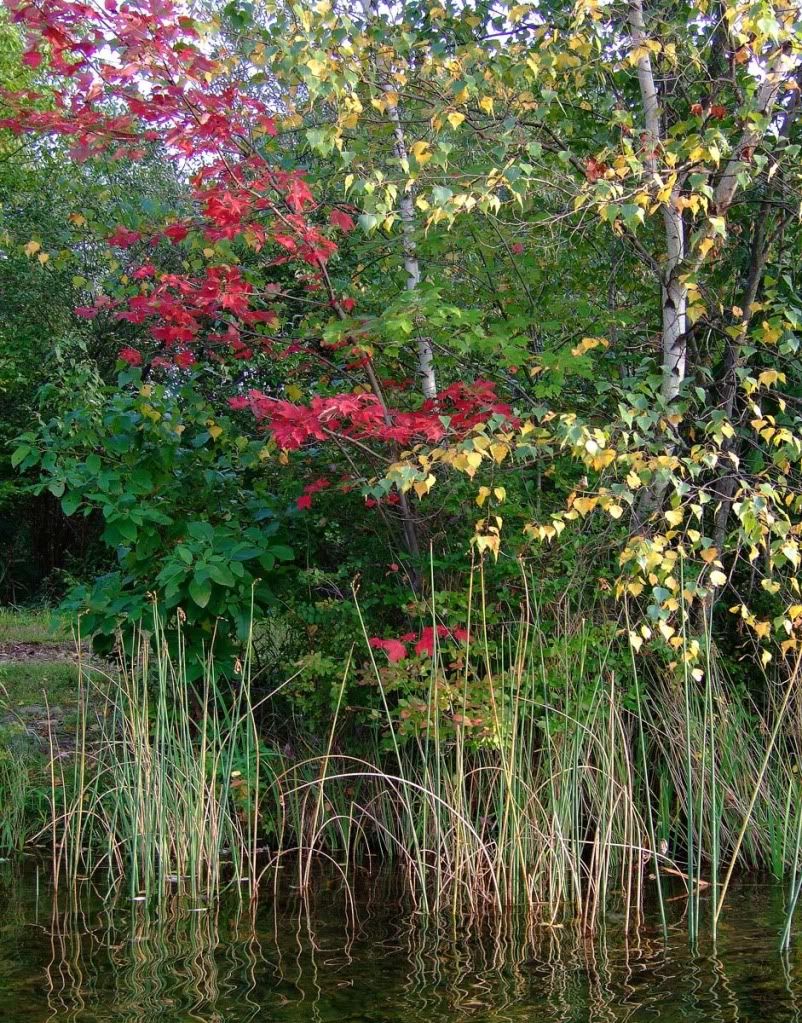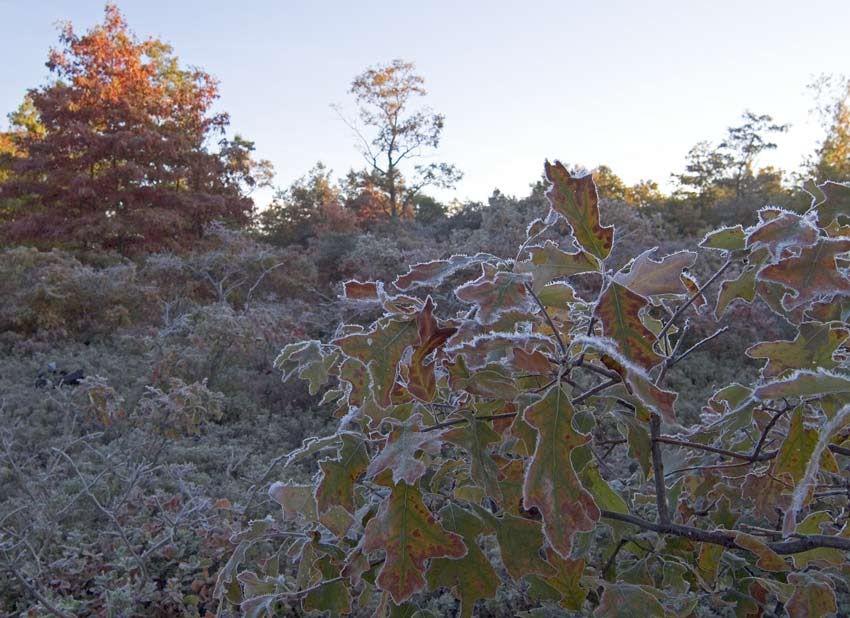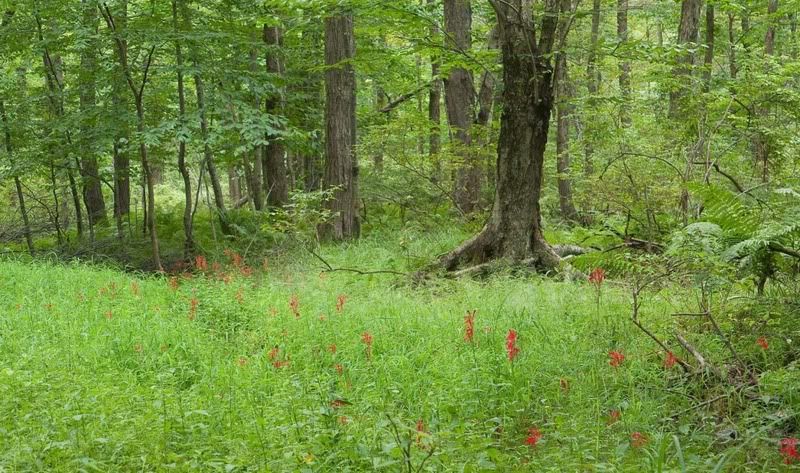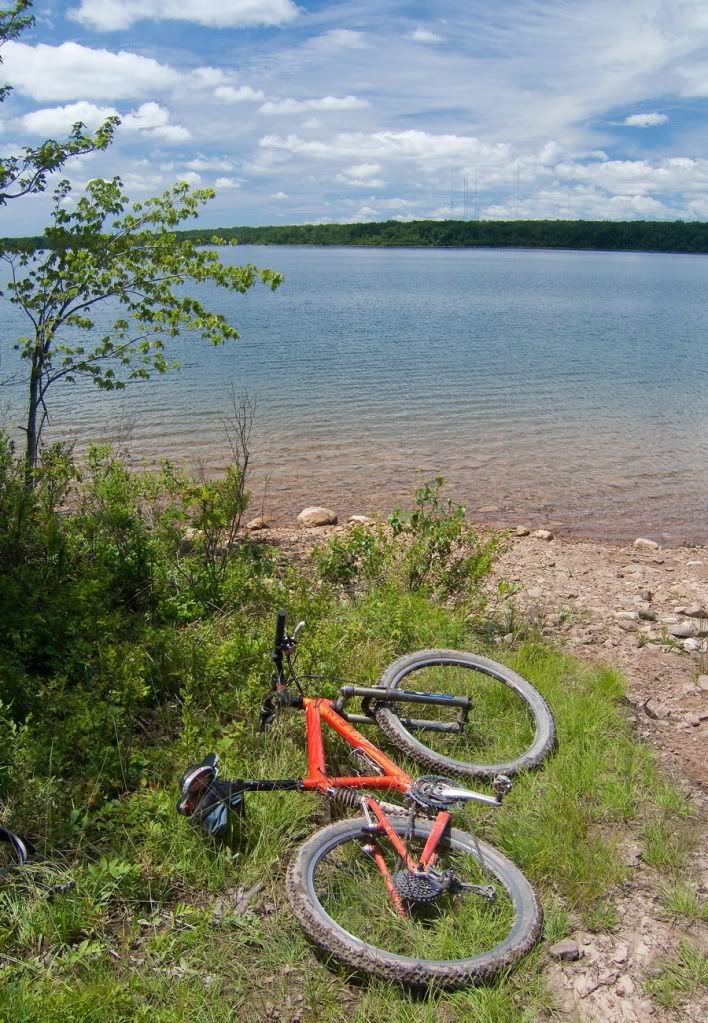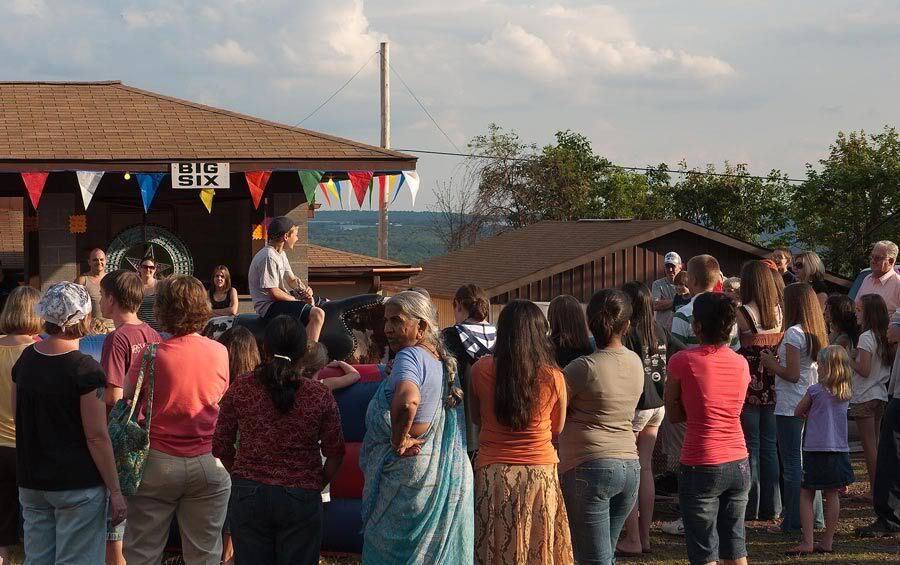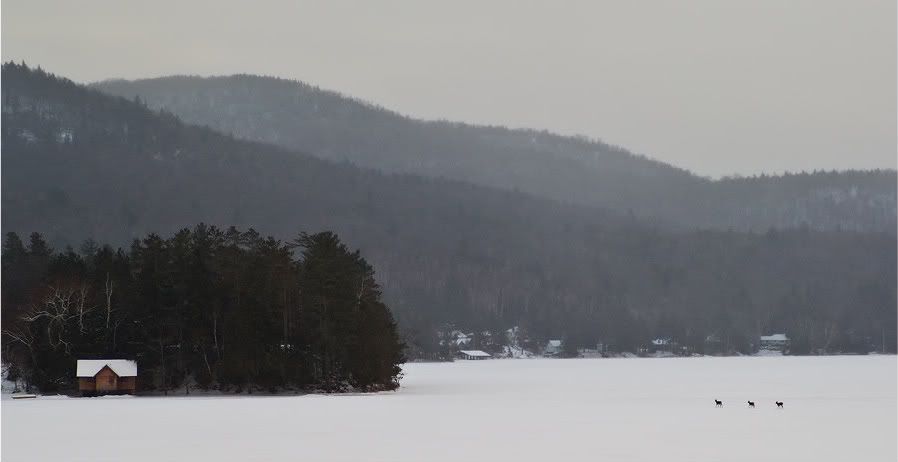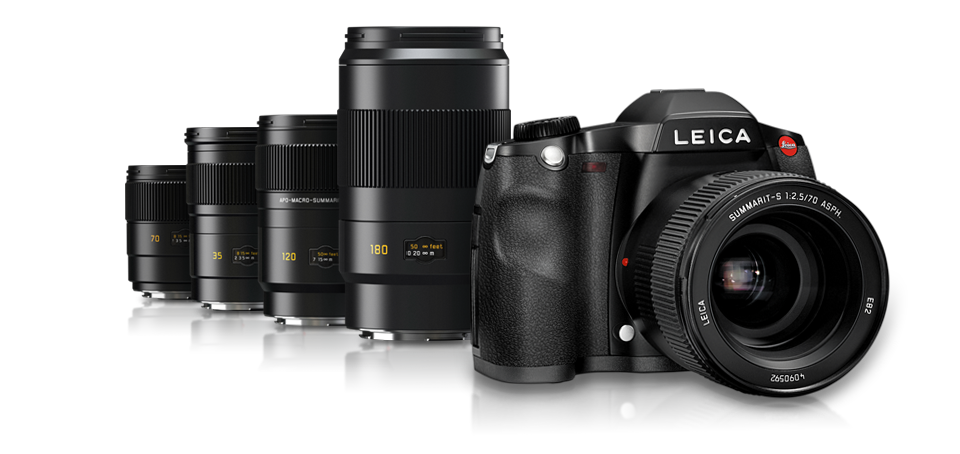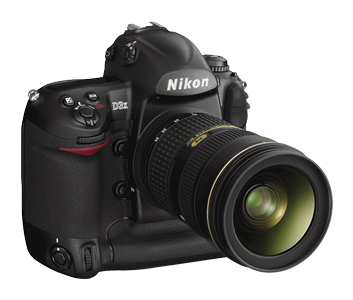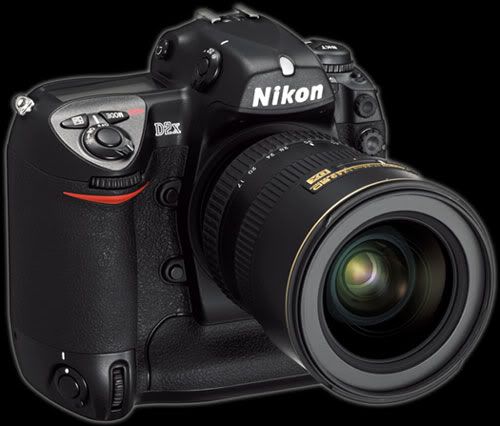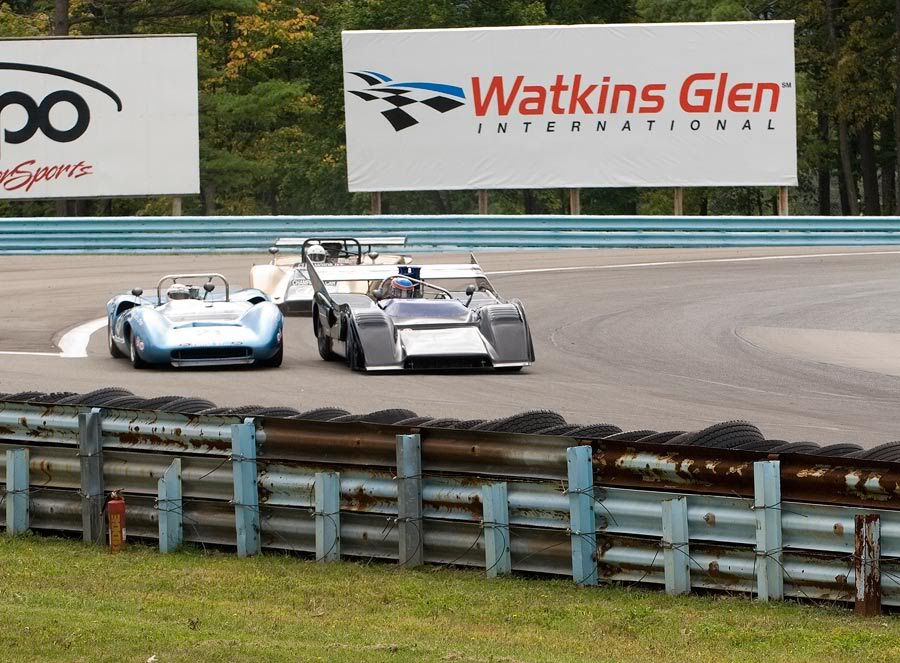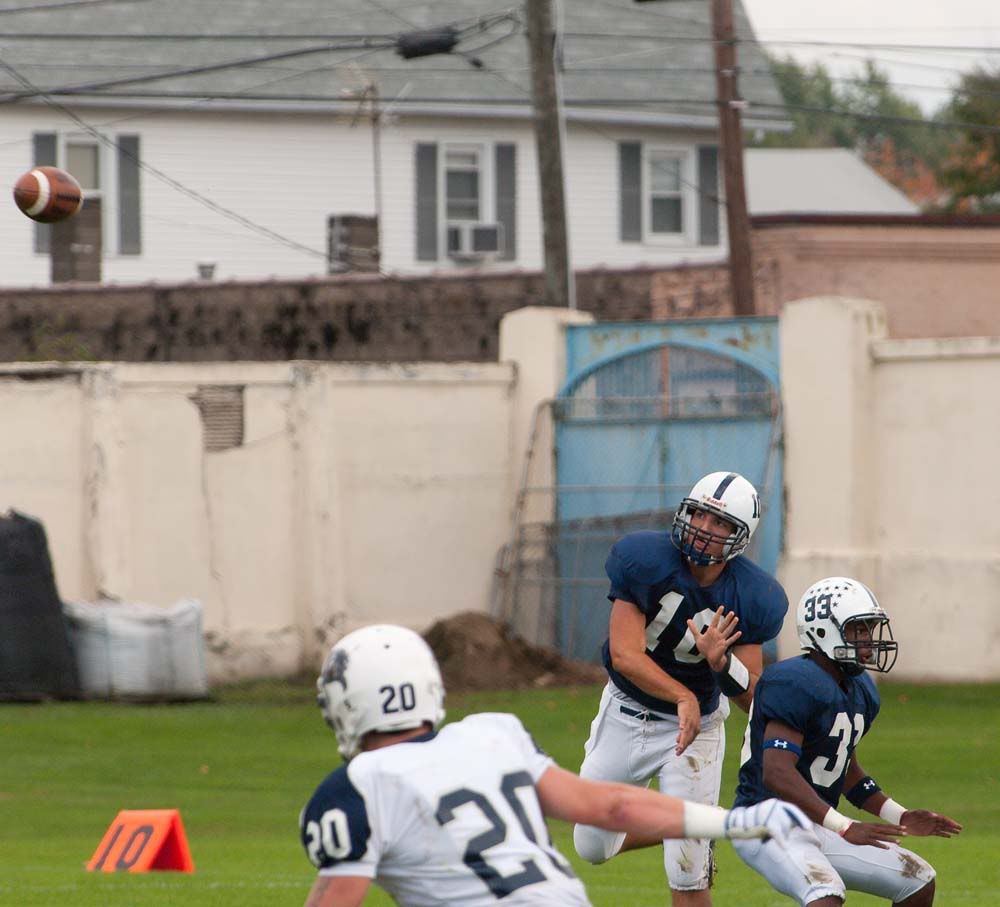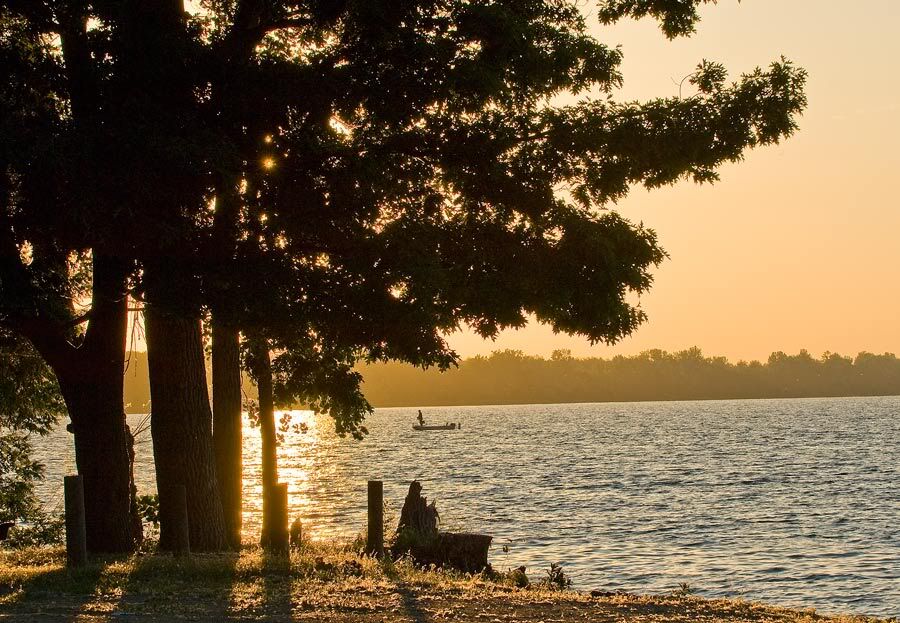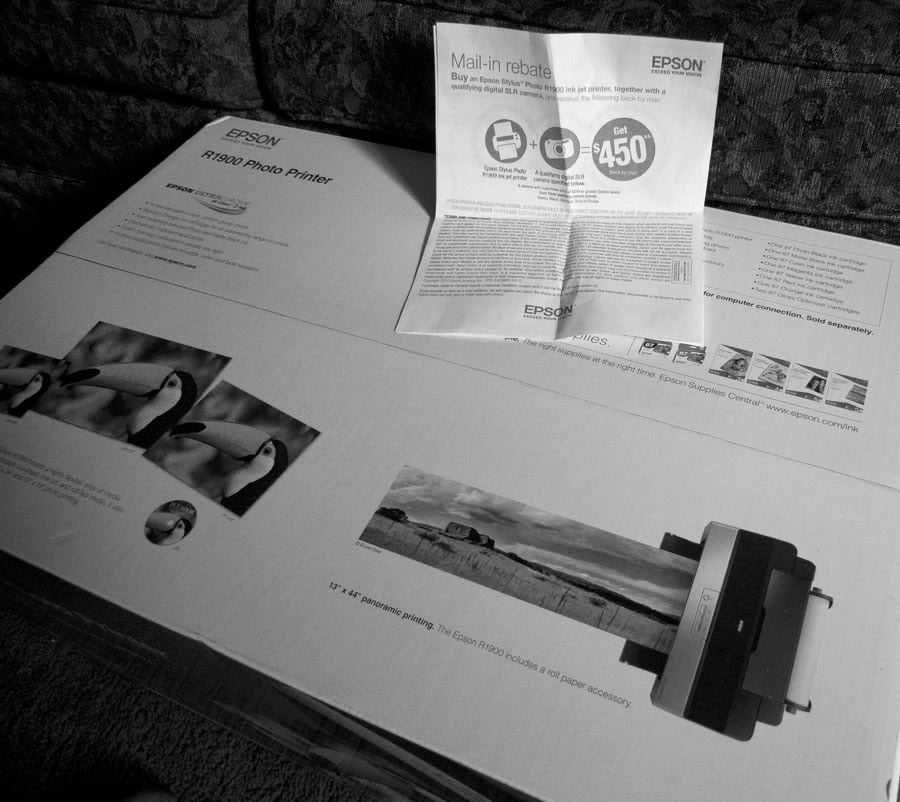
The Box, Winter Morning (Panasonic Lumix LX3)
When I posted “A Rebate Tale”, I was concerned that the topic would be:
#1 Too dull.
#2 To seemingly selfish.
I did actually post the story to be a warning so that could avoid the modestly annoying situation I find my self in.
I was unprepared for the response that this post has received.
I did post a link to several photography forums that I am known to frequent.
I subsequently had the single day record for the largest number of visitors to the blog .
And the robust readership continues several days later.
The responses which occurred in the forums were varied. Some people ridiculed me for not being careful enough and failing to fully understand the terms of the rebate.
Others told me of their similar predicament regarding the Nikon D-7000, and the Epson rebate.
Still others mocked me, for moving from pro-level Nikon bodies to what some see is an “advanced amateur” body (I continue to believe that a “pro” camera is any camera you can make money with).
Most interestingly, there was a theme among some posters that the whole issue of product rebates should be viewed with suspicion, if not outright distrust as many rebates legitimaty applied for, are never realized by the consumer.
I had a fascinating post on the site from Helen Oster who is the “Adorama Camera Customer Service Ambassador”. She works for a (the biggest?) competitor to B+H Photo, where I purchased the merchandise in question. She suggested that I contact Henry Posner, who is her opposite number at B+H. What a classy thing to do.
Henry was waiting for me. He already knew who I was and understood my predicament. Apparently he has the ability to scan the web for mentions of his employer and to intervene when necessary to protect the fine reputation B+H enjoys. And he found my little blog from two mentions in text, of his store. It’s a little scary.
We had an extremely pleasant conversation. He offered to check with his camera buyer to get read on when I might see the Nikon delivered (two weeks, as it turned out). He also extended he window when I may return the printer. He explained that the rebate business has been at times a problem, as companies like Epson often use outside contractors to process their rebate applications. The quality (and motivation) of those contractors affects how many rebates are issued (my summation, not Henry’s exact words).
I also talked the person in charge of rebate issues at Epson. She told me that all that needed was the invoice from B+H with the Camera and the printer shown as purchased. She reminded me that Epson has no way to track other manufacturers serial numbers, or UPC codes anyway.
I don’t trust this. Apparently the “contractors” processing claims tend to be stringent about applications or they kick them out. I also know that having the physical UPC code cut from the box prevents multiple rebates on the same purchase. I’m not going to bite on this one.
If I do get to apply for that refund, the application will be letter-perfect, with all the requirements met. It will be sent certified mail, return receipt requested.
Meanwhile, but the box is still sitting here. It’s getting a bit dusty now, but remains otherwise untouched.
Unlike me this year, it may be taking a trip back to NYC for the holidays.

